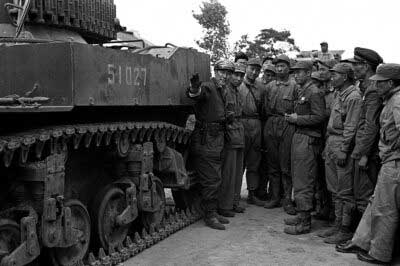
As is well known, the "National Revolutionary Army"(国民革命军), which rose during the "Northern Expedition"(北伐) period, was not only a significant military force in modern Chinese history, but also a political power that dominated Chinese politics for decades. In 1935, the National Government (国民政府)officially established a military rank system. In the following 14 years, about 5,000 military elites were promoted to generals. To some extent, the KMT military leaders who controlled this key force became an important group that decided the fate of China. The basic task and core problem of this project is to describe and present the overall appearance and characteristics of this group, and to "draw" a group portrait of this group.
This project is also an experimental research that aims to explore how recently developed concepts, methods, and tools of digital humanities can be applied to the study of history, to test their effectiveness, and to analyze their possible obstacles, limitations, and deficiencies. Compared with the "production" mode of traditional historiography research, which mainly relies on researchers to independently complete the collection, reading, thinking and writing, most of the information extraction, data analysis and result presentation of this research are completed by computers and digital tools. It uses natural language processing technology (NLP) to mine massive unstructured text, extract core information fragments, and conduct a series of data analysis and visualization processing on this basis.
We use a collective biography entitled The 9,000 Generals of the KMT (《中国国民党九千将领》)as the main source of data. With the help of R language and the HistText application developed by the ENP-China team, data mining and visualization processing will be conducted. Specifically, with support from a data engineer, we will transform The 9,000 Generals of the KMT into an analyzable corpus from which we will extract the core information needed for the project through text mining and machine learning tools, including name, date of birth, place of origin, military type, rank, position, faction, education, etc.
On this basis, and processing the data through R, we shall attempt to obtain answers on the following issues:
Based on the above analysis, we can roughly build up a model to “draw” a group portrait of the military elite of the KMT. As experimental research, whether the project can produce an analysis that is closest to the military elite, and whether it can “map” the most accurate “group portrait” is not the sole purpose of importance. Its core value also lies in testing the efficiency and limitations of digital humanities concepts and methods in historical research, especially in the study of modern Chinese history.